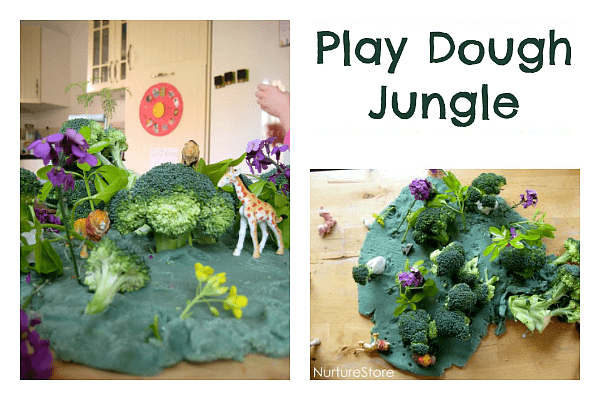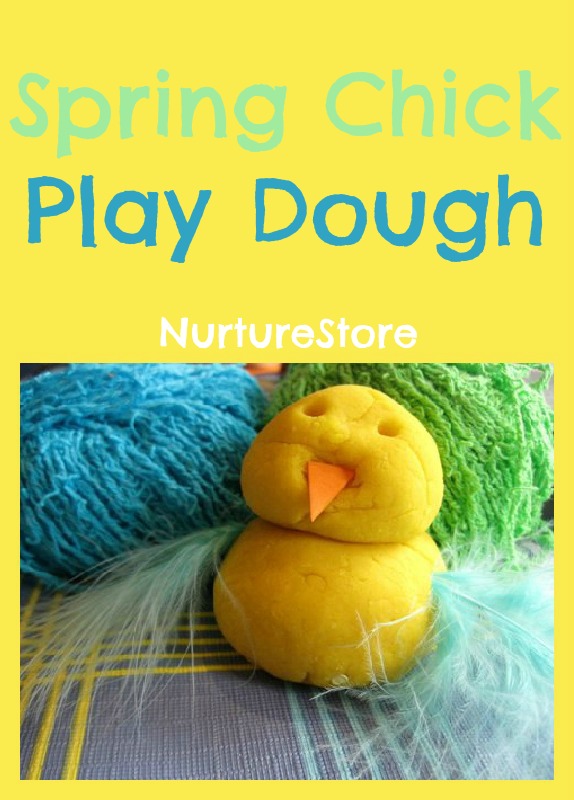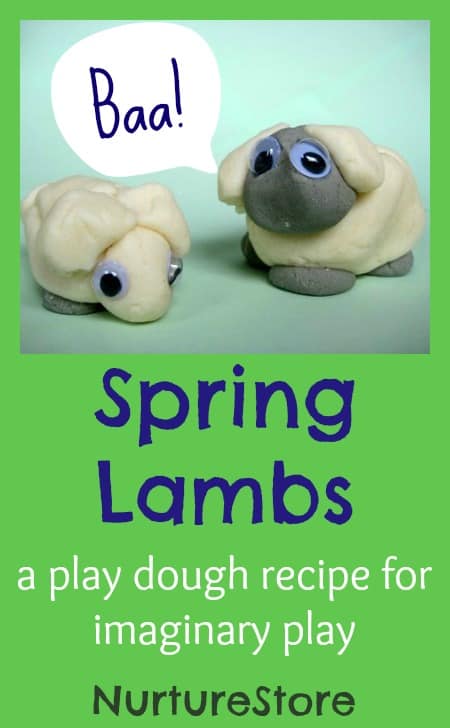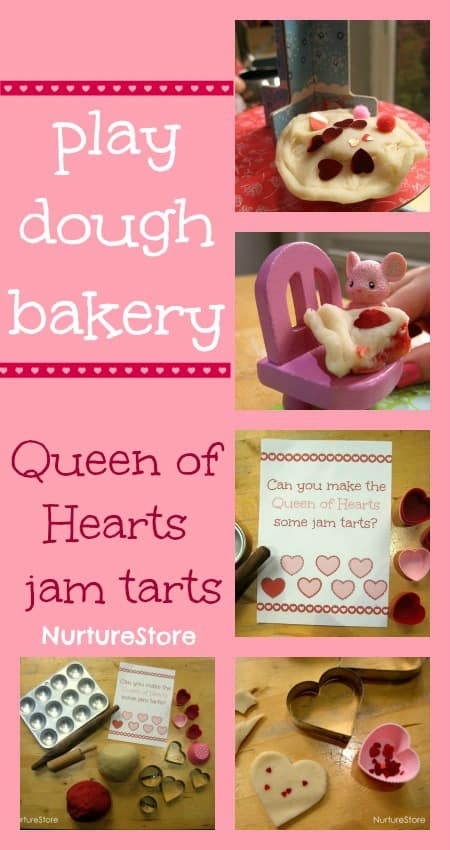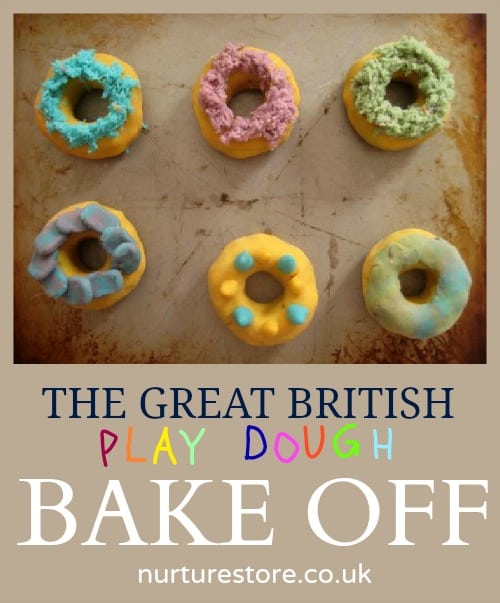Some homemade play dough and a few loose parts, together with a child’s imagination, soon make a fabulous jungle small world.
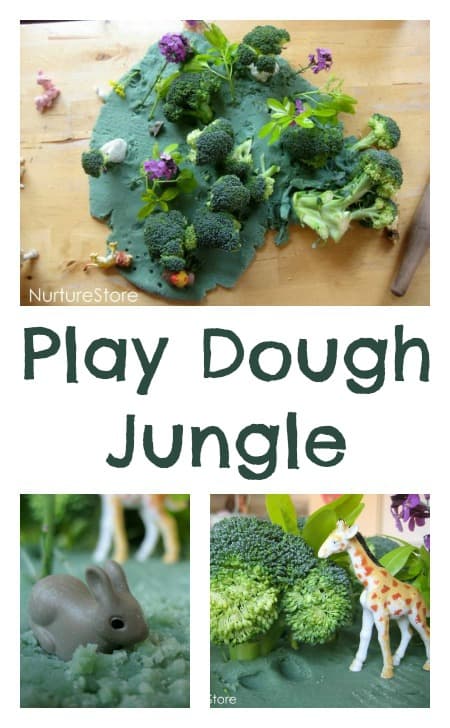
Here’s one way we use play dough for imaginary play and story telling.
Jungle small world :: play dough fun
Watch our Playdough Masterclass
Click play on the video above to see our playdough masterclass.
This video gives you everything you ever wanted to know about play dough: how to make homemade playdough with quick and easy recipes; the benefits of playdough for children; and lots of sensory play activities using play dough including playdough math activities, playdough literacy activities, and playdough fine motor skills activities.
Plus find out how to get printable playdough recipe cards and printable play mats. It’s an excellent beginners guide to play dough!
Subscribe to NurtureStore’s YouTube channel to get more gardening and nature study videos!

On offer today we had some homemade green play dough, some leaves and flowers picked from the garden, and a few stalks of broccoli. What could we make?
A jungle small world! My daughter started off by rolling out her landscape…

and then began adding in all the loose parts we had available.
Play dough is a great material as the base for a play scene – the children can mould it, shape it, and it’s good for holding up other materials, such as our flowers and leaves.

Now her jungle small world might not be exactly true to life, but her play was packed with chatting, imagination and story telling.

Playing with small worlds is a great way for children to test out ideas they’ve learned elsewhere – such as the ideas that giraffes can eat leaves from very tall trees…

and to try out creative ideas – such as fetching a fork from the drawer to see it she could make some grass for the rabbits.

And play dough small worlds are perfect for story telling. These lions are called Leo and Athlete and feature in lots of her stories.
